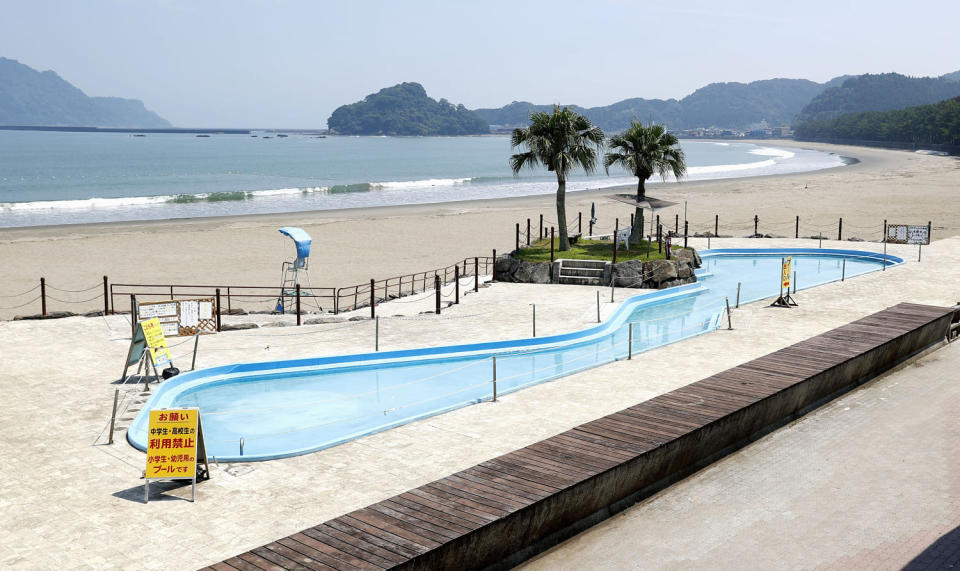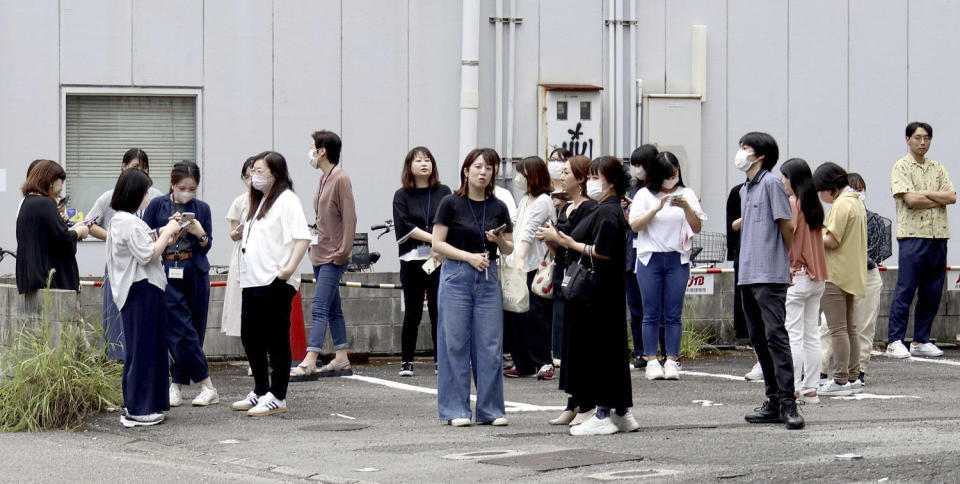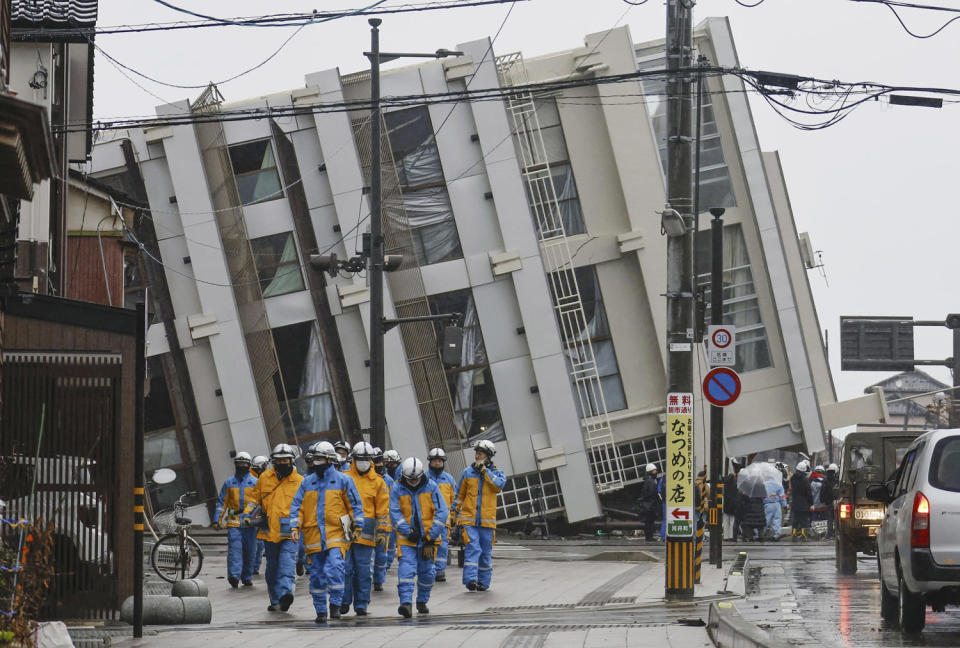After a 7.1-magnitude earthquake shook Japan’s southern islands on Thursday, the country’s meteorological agency issued an ominous warning: Another larger earthquake could be coming, and the risk will be especially high during next week.
Node first “megaearthquake warning” already issued, the agency said the risk of strong shaking and tsunami is higher than normal in the Nankai Trough, a subduction zone with the potential to produce tremors of magnitude 8 or 9. Residents in the area, it said, should prepare.
The message was not a prediction, but a prediction of increased risk – and it shows how far seismologists have come in understanding the dynamics of earthquakes in the subduction zone.
Here’s what you should know about the situation.
A dangerous subduction zone
The Nankai Trough is an underwater subduction zone where the Eurasian Plate collides with the Philippine Sea Plate, forcing the latter under the former and into the Earth’s mantle.
Subduction zone faults increase stress, and a so-called megathrust earthquake occurs when a locked fault slips and releases this stress. “Megaquake” is a shortened version of the name. These zones have produced the most powerful earthquakes in Earth’s history.
The Pacific “Ring of Fire” is a set of subduction zones. In the US, the west coast Cascadia subduction zone runs from Vancouver Island in Canada to Cape Mendocino in California.
The Nankai Trough fault has several segments, but if the entire fault margin slipped at once, Japanese scientists believe the fault would be capable of producing a magnitude 9.1 earthquake.

If a megaquake were to happen near Japan, the Philippine Sea Plate would wobble, perhaps as much as 30 to 100 feet, near the country’s southeast coast, producing intense tremors.
The vertical displacement of the seabed would cause a tsunami and push the waves towards the coast of Japan. These waves could reach almost 30 meters in height, according to estimates by Japanese scientists published in 2020.
A history of great earthquakes
The Nankai Trough has produced large earthquakes approximately every 100 to 150 years, a study indicated last year. Japan’s Earthquake Research Committee said in January 2022 that there was a 70% to 80% chance of a megaearthquake in the subsequent 30 years.
Large earthquakes in the Nankai trough tend to occur in pairs, with the second often rupturing within the subsequent two years. The most recent examples were “twin” earthquakes in the Nankai Trough in 1944 and 1946.
The phenomenon is due to the segmented nature of the fault; when one segment slips, it can cause stress on another.
Thursday 7.1 magnitude earthquake occurred at or near the subduction zoneaccording to the United States Geological Survey.


Harold Tobin, a professor at the University of Washington who has studied the Nankai Trough, said the 7.1 magnitude earthquake occurred in a segment that shakes more frequently than others. Regular earthquakes can alleviate stress, so the possibility of the segment itself producing a large earthquake is less of a concern. The concern is the proximity of the earthquake to a segment that has been generating stress since the 1940s.
“It is adjacent to the western region of Nankai and is clearly locked. This is reason for alert and concern,” said Tobin.
A forecast, not a prediction
Scientists cannot predict earthquakes, but they are developing the ability to predict periods of high risk, especially in areas with frequent tremors and good monitoring equipment, such as Japan.


Japanese authorities are urging residents to prepare, review evacuation routes and heed possible future warnings.
While the risk of a major earthquake is higher than normal, that doesn’t mean it will happen anytime soon. The Japanese government’s warning guidelines suggest that the chance of a major earthquake following a magnitude 7 within a week is approximately “once every few hundred times.” according to the study last year.
The most likely outcome is that the recent shaking causes nothing, although the likelihood of a large earthquake is greater.
“We can wait decades before Nankai experiences another earthquake,” Tobin said.
A known danger
In 2011, an area of seafloor approximately the size of Connecticut shook all at once, producing a 9.1 magnitude earthquake – the third largest recorded worldwide since 1900. This megaquake caused a tsunami off the east coast of Japan. More than 18,000 people died in the tsunami and earthquake, according to the U.S. National Oceanic and Atmospheric Administration.
The following year, the Japanese government reviewed its natural disaster scenarios and concluded that around 323,000 people could die in a worst-case earthquake scenario in the Nankai trough, mainly due to the effects of the tsunami.
The Cascadia Subduction Zone poses a similar risk to the US West Coast, although megaearthquakes are expected there less frequently – every 300 to 500 years. This fault has the capacity to produce a 9.1 magnitude earthquake and 25 meter high tsunami waves. Researchers recently mapped the fault in detail and discovered that it was divided into four segments.
This article was originally published in NBCNews. with

































